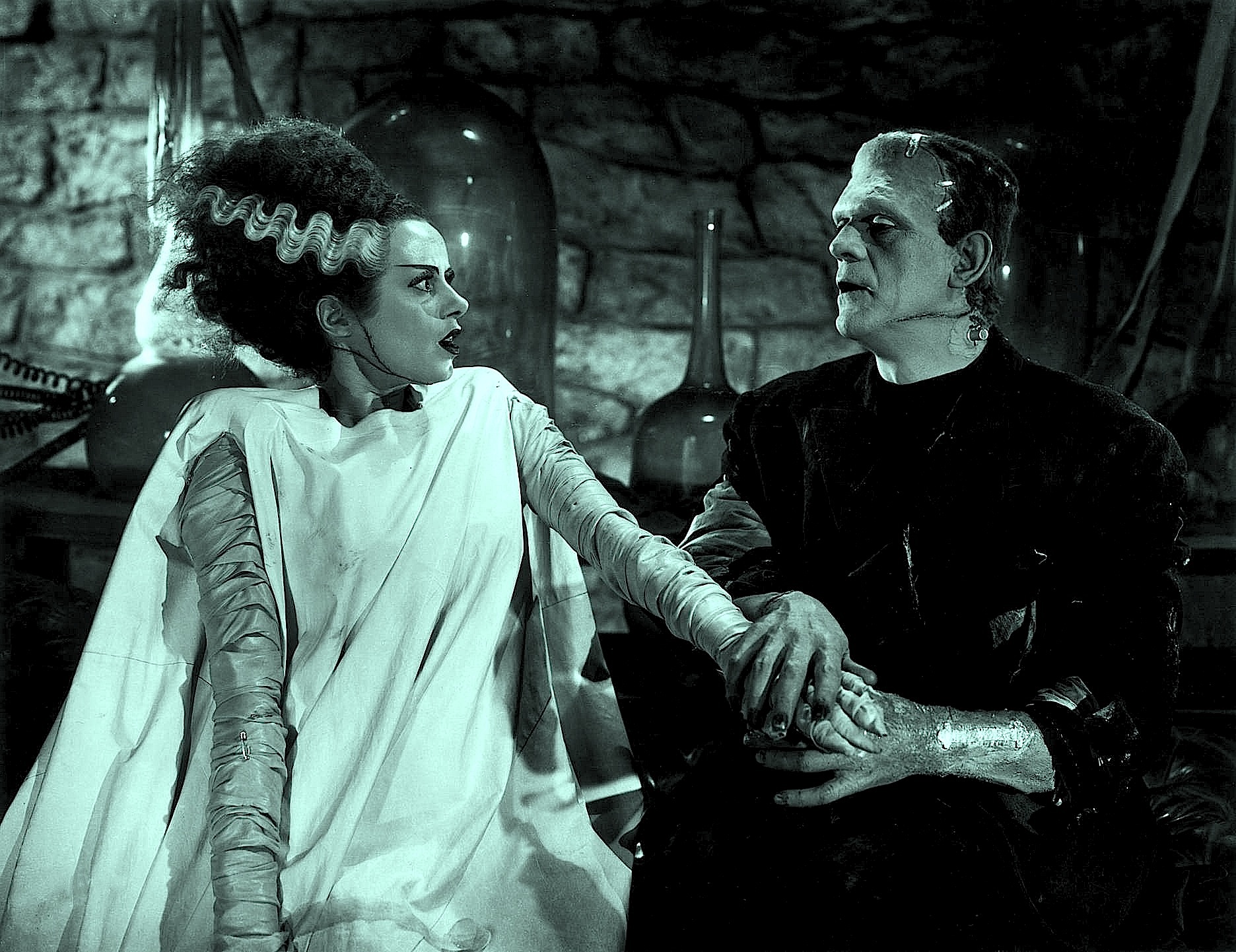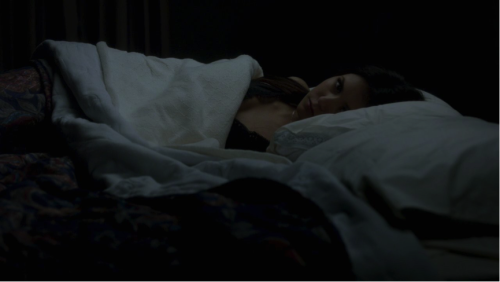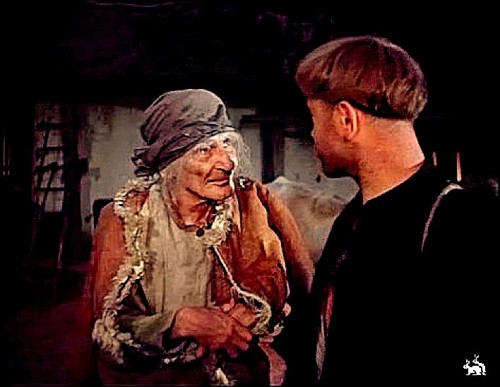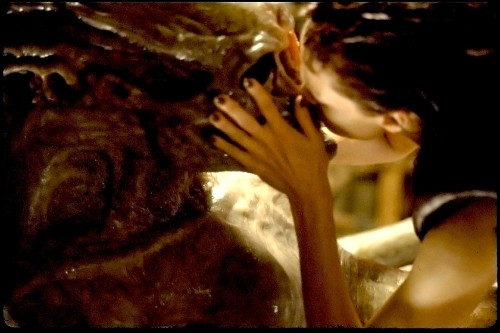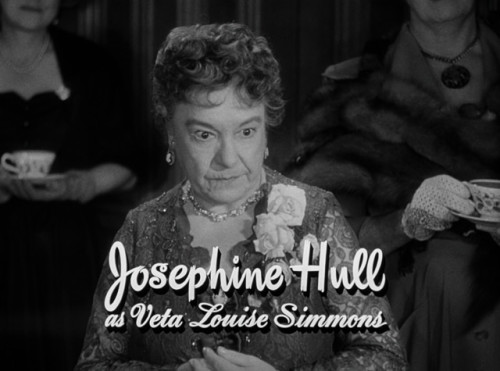Frankenstein and His Bride: Mapping Maternal Absence
However, Whale challenges Shelley’s automatic association of the maternal with the absent female: the Bride’s rejection of Frankenstein’s monster shows that the maternal can be absent even when the woman is present, while the blind man’s nurturing care suggests that man can embody the noblest maternal impulse.
